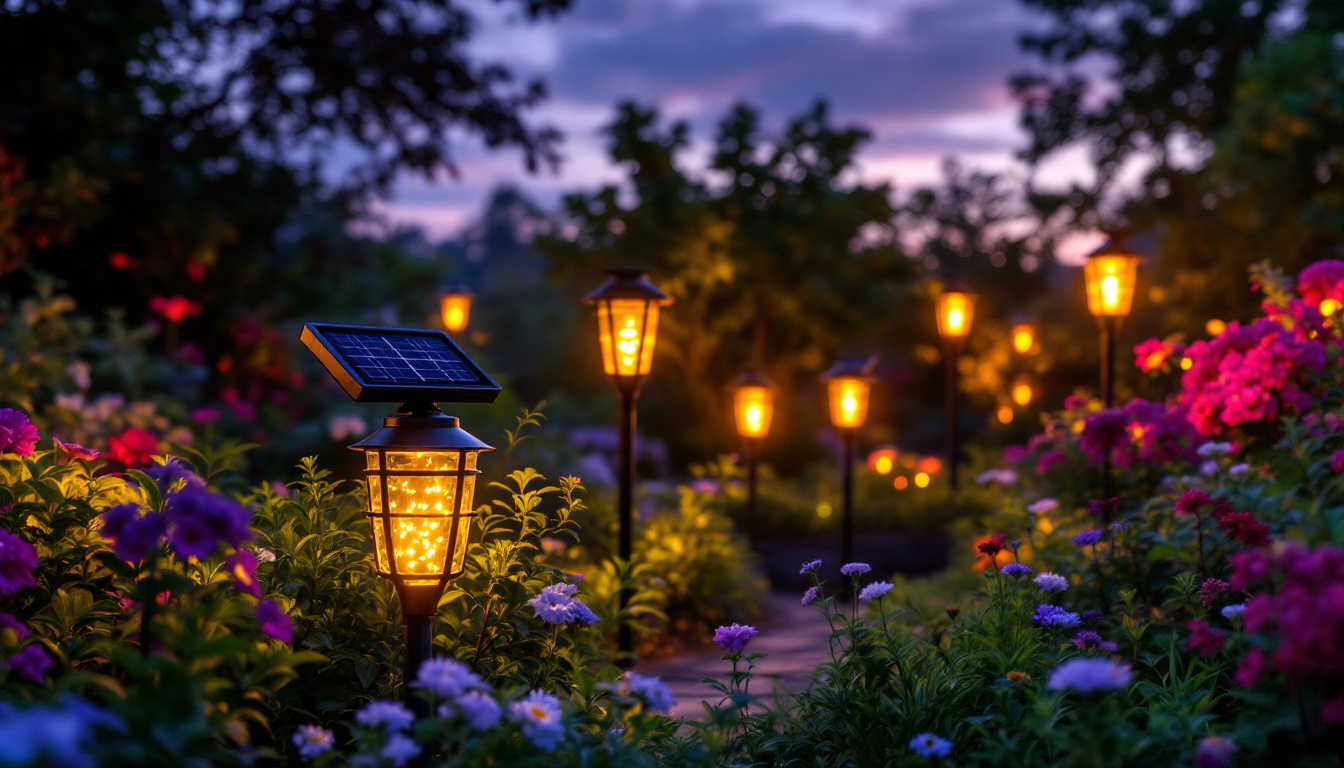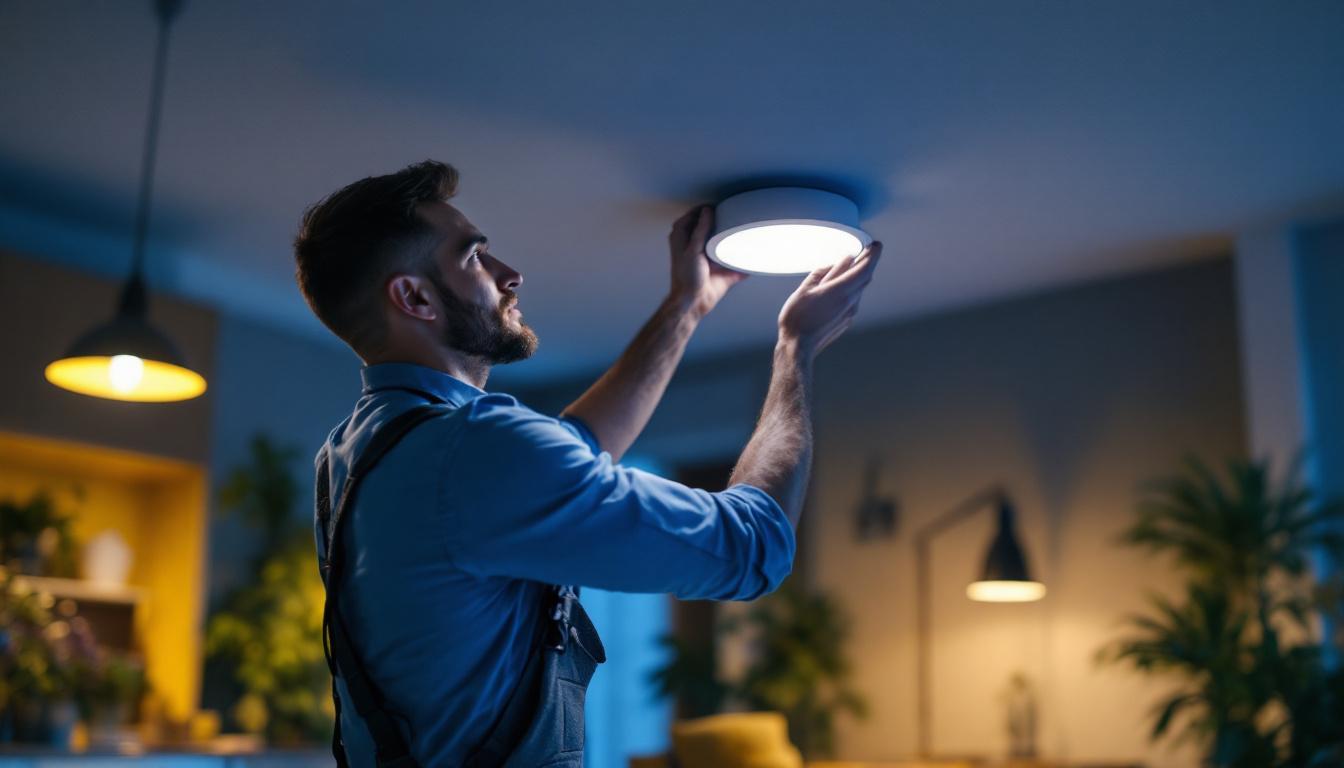
String lights have become a popular choice for both residential and commercial outdoor lighting, creating ambiance and enhancing the aesthetic appeal of various spaces. For lighting contractors, understanding the best practices for installing these lights—particularly when using a 12 ft pole—can significantly improve the quality of work and customer satisfaction. This article explores essential guidelines and tips for effectively utilizing a 12 ft pole for string lights.
When it comes to string lights, height plays a crucial role in both functionality and visual appeal. A 12 ft pole offers an ideal height for achieving a balanced look while ensuring the lights are adequately illuminated.
String lights are often used to create a warm and inviting atmosphere. Installing them at a height of 12 feet allows for a broader spread of light, enhancing the overall ambiance of the area. This height also helps to prevent the lights from being obstructed by furniture or landscaping features, ensuring that the illumination reaches its intended audience. Additionally, the distance from the ground reduces the harshness of the light, allowing for a softer glow that is more flattering and comfortable for gatherings, whether they be casual backyard barbecues or elegant evening parties.
Moreover, the strategic placement of string lights at this height can create a stunning visual effect, especially when draped or arranged in patterns. The interplay of light and shadow can transform an ordinary space into a magical setting, perfect for romantic dinners or festive celebrations. By considering the height of the installation, one can also play with different lighting techniques, such as layering lights or combining them with other decorative elements, to further enhance the aesthetic appeal of the area.
Safety is paramount when installing string lights. A 12 ft pole can help minimize the risk of accidental damage or interference with pedestrian traffic. By elevating the lights, contractors can reduce the chances of them being knocked over or tangled, which can lead to potential hazards. Furthermore, this height ensures that the lights are less susceptible to weather-related issues, such as wind or rain, which can cause lower-hanging lights to sway dangerously or become damaged.
In addition to reducing physical hazards, proper height placement also plays a significant role in electrical safety. Elevated string lights are less likely to be exposed to ground moisture, which can lead to short circuits or electrical malfunctions. By following safety guidelines and ensuring that the lights are securely fastened at the appropriate height, homeowners can enjoy their beautifully illuminated spaces without compromising on safety. Regular maintenance checks can also be conducted to ensure that the lights remain in good condition, further enhancing both safety and longevity.
The material of the pole is another critical factor that lighting contractors must consider. Different materials offer varying levels of durability, weight, and resistance to environmental factors.
Metal poles, such as aluminum or galvanized steel, provide excellent durability and resistance to weather elements. They are less likely to warp or rot compared to wooden poles, making them a long-lasting choice for outdoor installations. However, metal poles can be heavier and may require additional support during installation. Additionally, metal poles can be treated with various coatings to enhance their resistance to corrosion, which is especially important in coastal areas where saltwater can accelerate deterioration. The sleek, modern appearance of metal poles can also complement contemporary architectural designs, making them a popular choice for urban landscapes.
On the other hand, wooden poles offer a classic aesthetic that can blend well with natural surroundings. They are generally lighter and easier to work with, but they may require regular maintenance to prevent decay and insect damage. Pressure-treated wood can extend the lifespan of wooden poles, but contractors should still be mindful of the environmental impact of sourcing timber. Furthermore, wooden poles can be customized with stains or paints to match specific design themes, allowing for greater flexibility in creative projects. Contractors should weigh the pros and cons of each material based on the specific project requirements.
While a 12 ft pole is often ideal, contractors must also consider the specific needs of the project. Factors such as the type of string lights being used, the layout of the area, and the desired lighting effect can influence the choice of pole height. In some cases, a shorter or taller pole may be more appropriate, depending on the overall design vision. For instance, in a cozy backyard setting, shorter poles may create an intimate atmosphere, while taller poles can be used in larger, open spaces to ensure adequate light coverage. Additionally, the height of the poles can affect the angle and spread of light, which is crucial for achieving the desired ambiance and functionality.
Moreover, local regulations and safety standards may dictate specific height requirements for outdoor lighting installations. It’s essential for contractors to familiarize themselves with these guidelines to ensure compliance and avoid potential fines or rework. The surrounding landscape, including trees and buildings, can also impact the effectiveness of the lighting; therefore, a thorough site assessment is necessary to determine the optimal pole height. By carefully considering these factors, contractors can create a well-lit environment that enhances both safety and aesthetic appeal.
Proper installation techniques are essential for ensuring that string lights are securely mounted and function effectively. A well-executed installation can prevent future issues and enhance the longevity of the lighting setup.
Before installing a 12 ft pole, it’s vital to ensure that it is securely anchored. This can be achieved by digging a hole that is at least one-third the height of the pole and filling it with concrete to provide stability. For added security, consider using guy wires or braces, especially in areas prone to high winds.
When stringing lights, maintaining consistent spacing and alignment is crucial for achieving a professional look. Contractors should measure the distance between poles carefully to ensure that the lights hang evenly. Using a level during installation can help maintain straight lines, preventing the lights from appearing crooked or misaligned.
Lighting contractors must be well-versed in electrical safety and regulations when installing string lights. This knowledge is essential to ensure that the installation is not only visually appealing but also safe and compliant with local codes.
When installing string lights, selecting the appropriate power source is critical. Depending on the scale of the installation, contractors may choose between battery-operated, solar-powered, or hardwired options. Each power source has its advantages and limitations, so understanding the specific requirements of the project will guide this decision.
Proper wiring and connections are essential for the functionality of string lights. Contractors should use weather-resistant connectors and ensure that all electrical components are rated for outdoor use. Additionally, it’s important to follow manufacturer guidelines for the maximum number of strings that can be connected together to avoid overloading circuits.
Designing an effective lighting layout is key to maximizing the impact of string lights. A thoughtful approach to design can transform an ordinary space into a captivating environment.
Layering light is a technique that involves combining different types of lighting to create depth and interest. In addition to string lights, consider incorporating other light sources, such as path lights, spotlights, or lanterns. This combination can enhance the overall lighting design and provide functional illumination for various activities.
Strategically placing string lights can help create focal points within a space. For instance, wrapping lights around trees, highlighting architectural features, or outlining outdoor seating areas can draw attention to specific elements and enhance the overall aesthetic. Contractors should consider the natural flow of the space when determining where to position lights for maximum impact.
Encouraging clients to conduct routine inspections of their string lights can help identify potential issues before they become significant problems. Checking for frayed wires, loose connections, and burnt-out bulbs can prevent safety hazards and maintain the quality of the lighting.
Depending on the climate and season, string lights may require different levels of care. For example, during winter months, it may be necessary to remove lights to prevent damage from snow and ice. Conversely, summer months may require more frequent checks to ensure that the lights are functioning correctly after exposure to heat and humidity.
Educating clients about the installation and maintenance of string lights is a vital aspect of a lighting contractor’s role. Providing clear information can enhance client satisfaction and foster long-term relationships.
Contractors should provide clients with detailed installation guidelines, including safety tips and best practices for hanging lights. This information can empower clients to take an active role in their lighting setup and ensure that they understand the importance of proper care.
Clients may not be familiar with the various types of string lights available on the market. Taking the time to explain the differences between LED and incandescent options, as well as the benefits of each, can help clients make informed decisions that align with their preferences and budget.
Utilizing a 12 ft pole for string lights presents numerous advantages for lighting contractors, from enhancing safety to improving aesthetic appeal. By following best practices in installation, maintenance, and client education, contractors can ensure that their projects not only meet but exceed client expectations. With the right approach, string lights can transform any outdoor space into a beautifully illuminated haven, creating lasting memories for clients and their guests.
Ready to elevate your lighting projects with the best in class string lights and accessories? Look no further than LumenWholesale. Our commitment to providing contractors with superior, spec-grade lighting products at wholesale prices means you can light up any space with confidence. With LumenWholesale, you’ll find an extensive selection that meets rigorous industry standards, ensuring reliable and high-performance lighting for every project. Plus, our hassle-free bulk buying and free shipping policy mean you get premium lighting at the best value — without hidden fees. Don’t compromise on quality or affordability. Discover wholesale lighting at the best value today and make your lighting installations shine.

Discover how solar powered garden lights can revolutionize your outdoor lighting projects by boosting efficiency and sustainability.

Discover why the 4 LED recessed downlight is a game-changer for lighting contractors.

Discover the essential resources lighting contractors rely on to master timer systems for lights.

Discover everything lighting contractors need to know about WiFi-enabled light switches in this comprehensive guide.